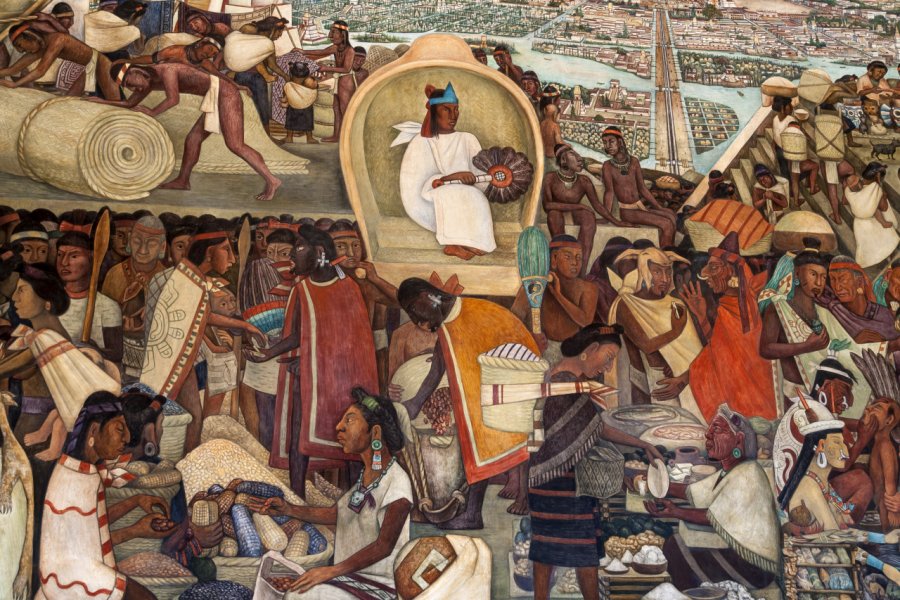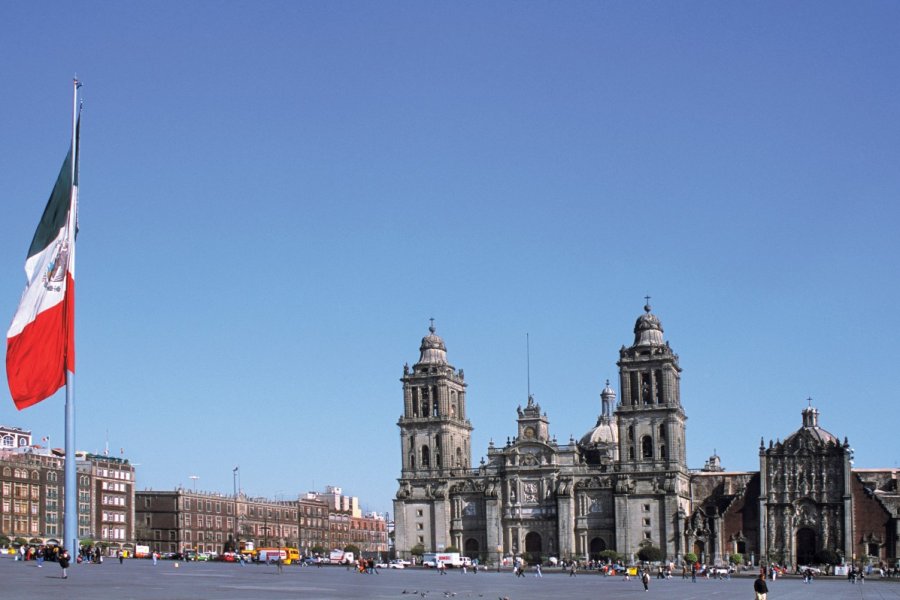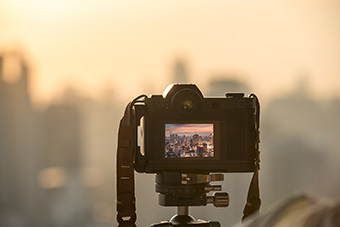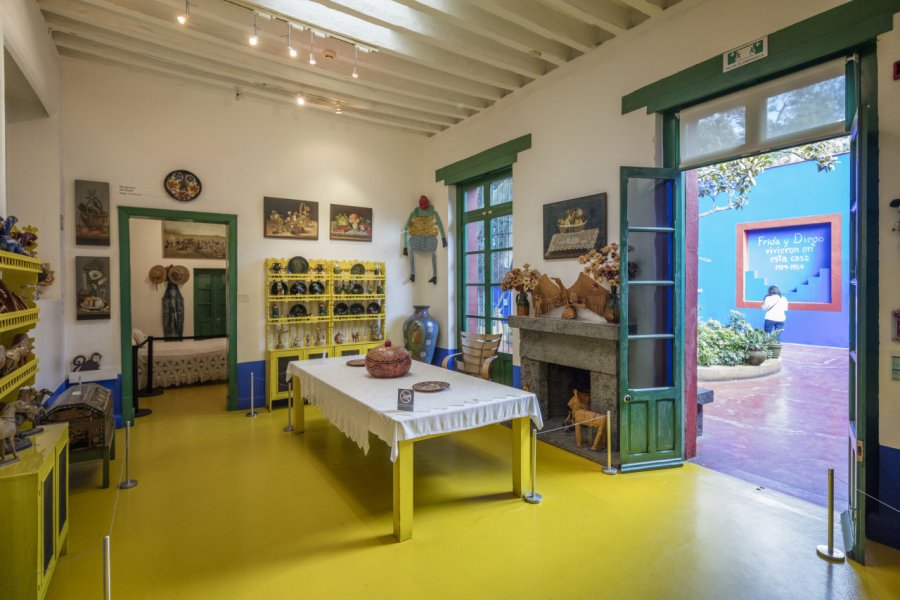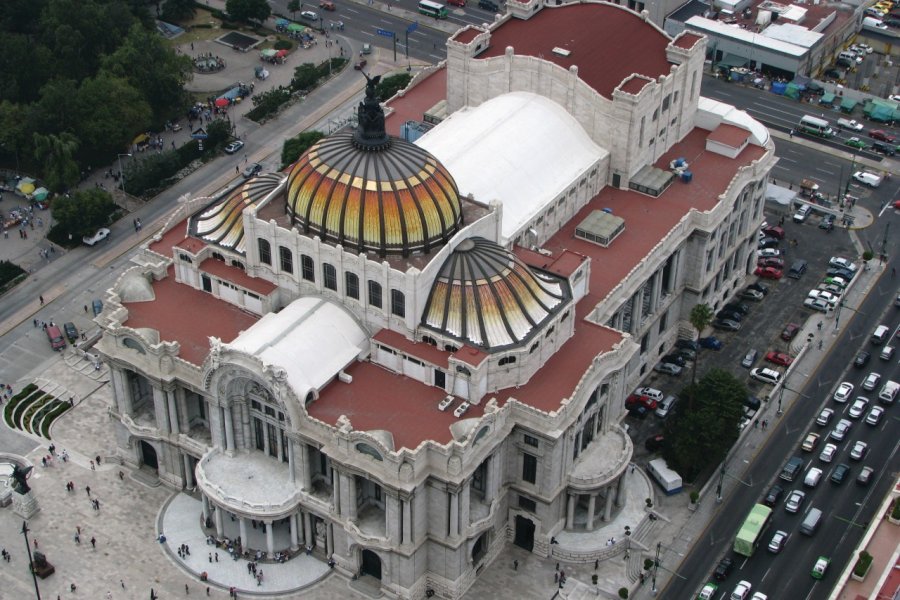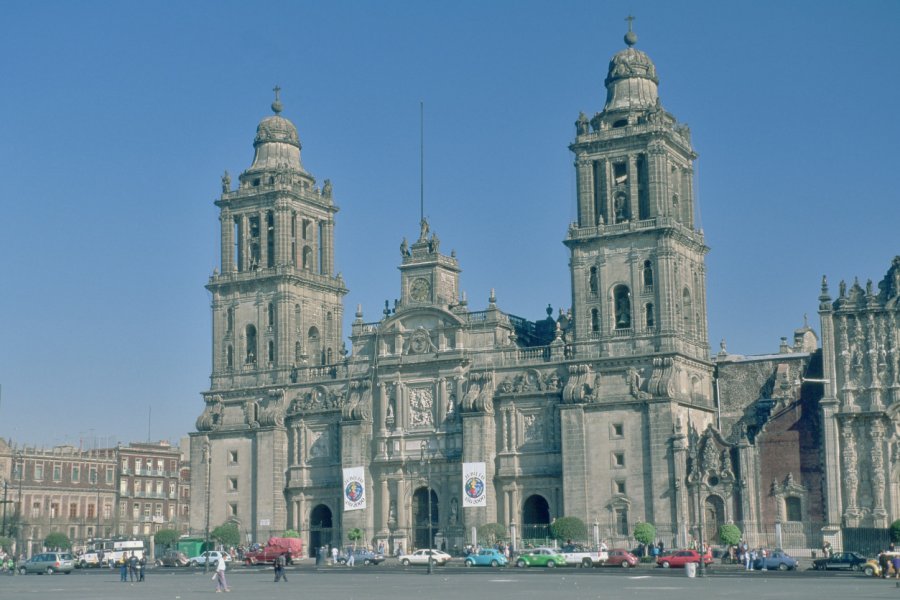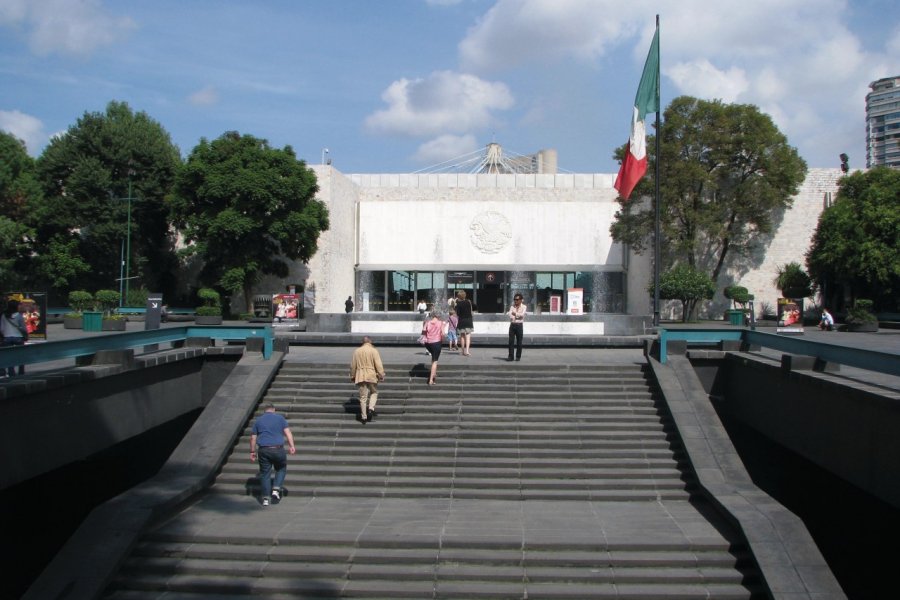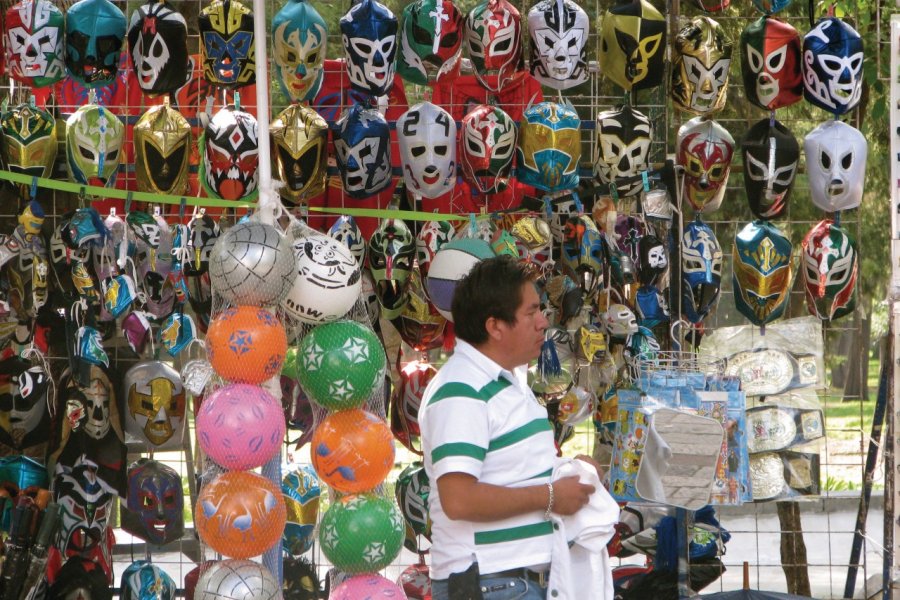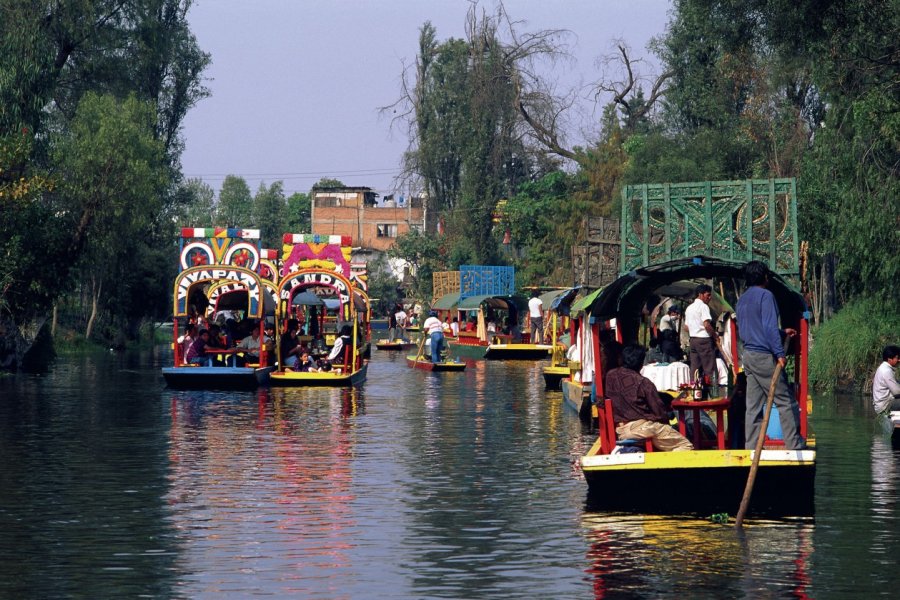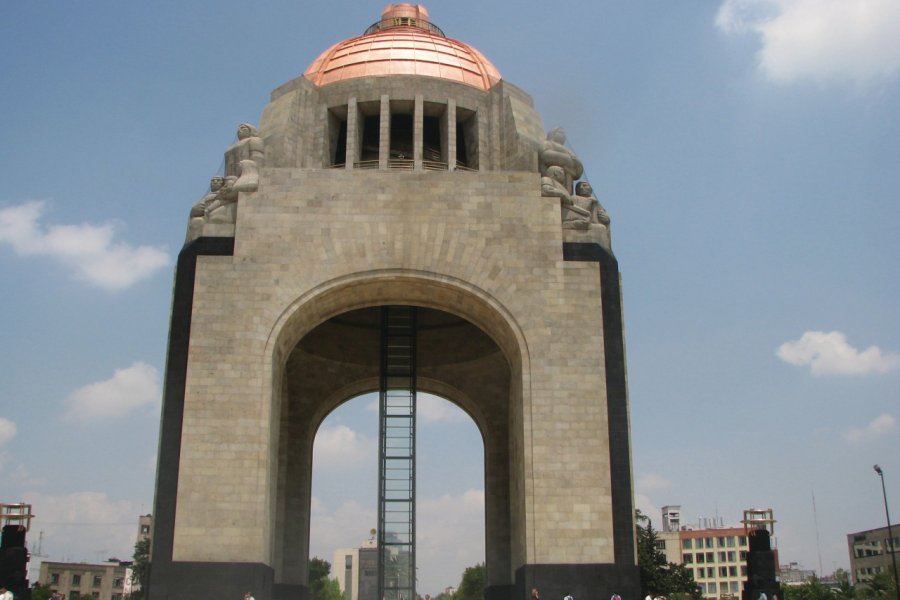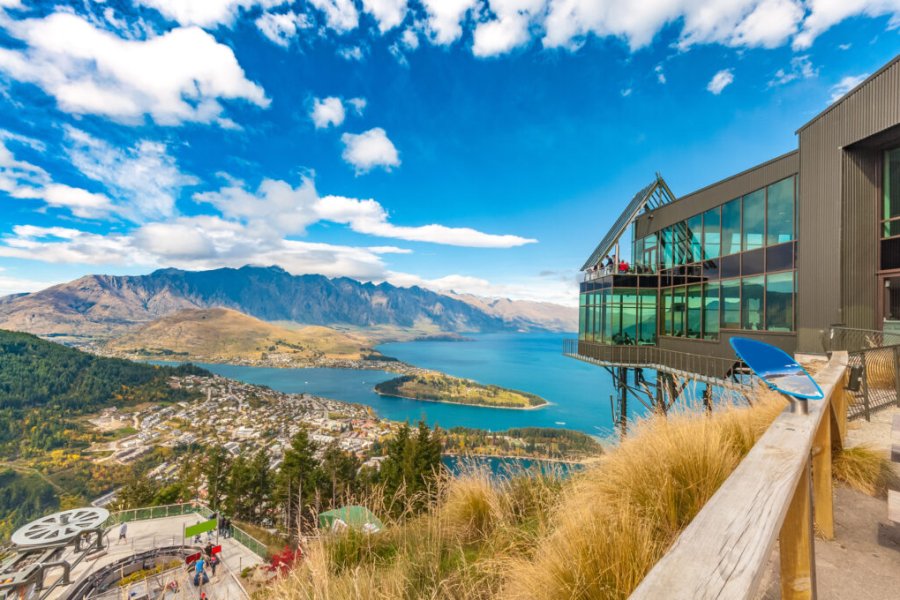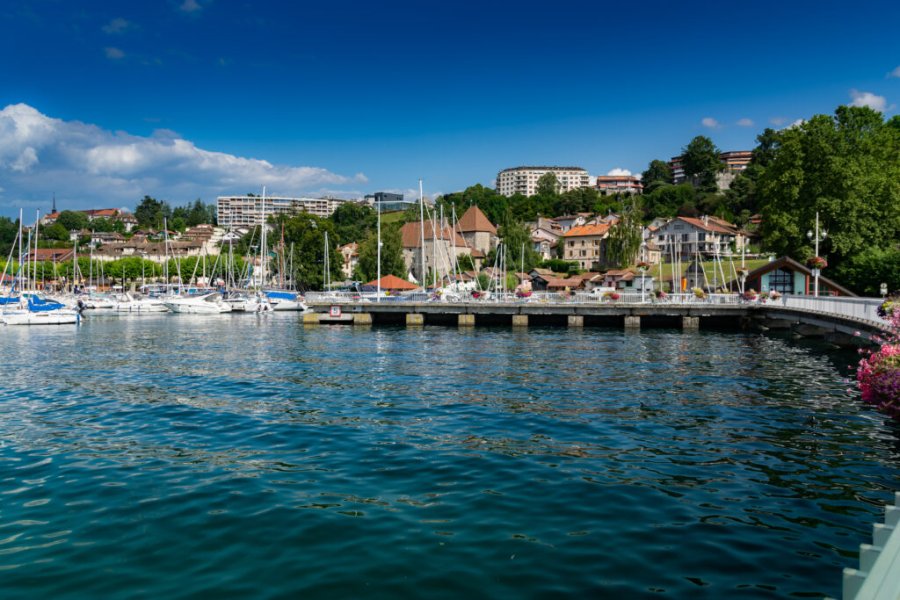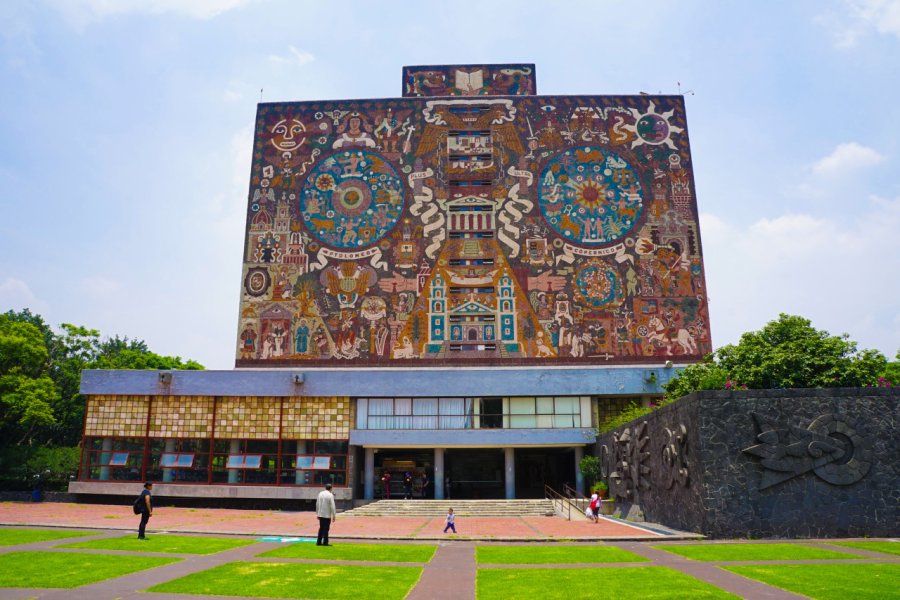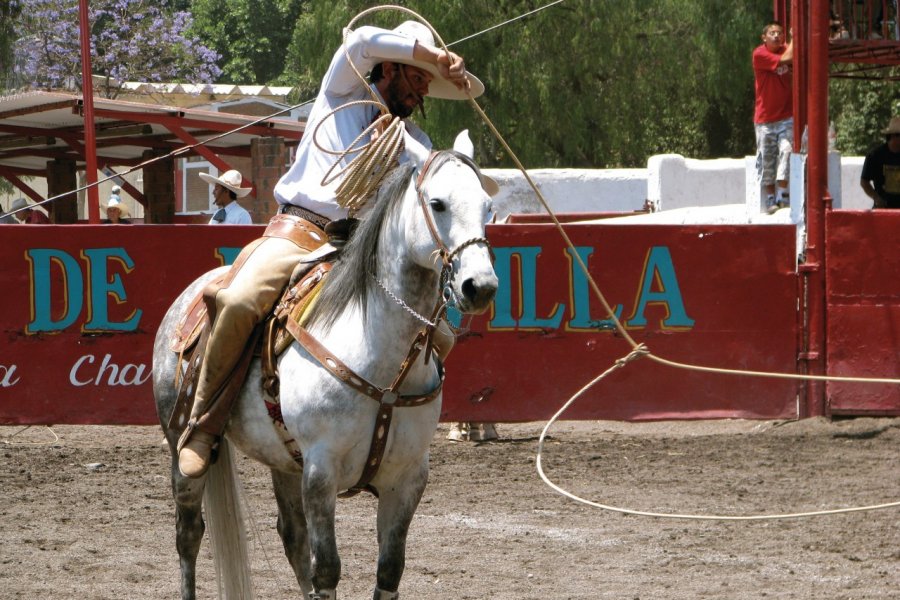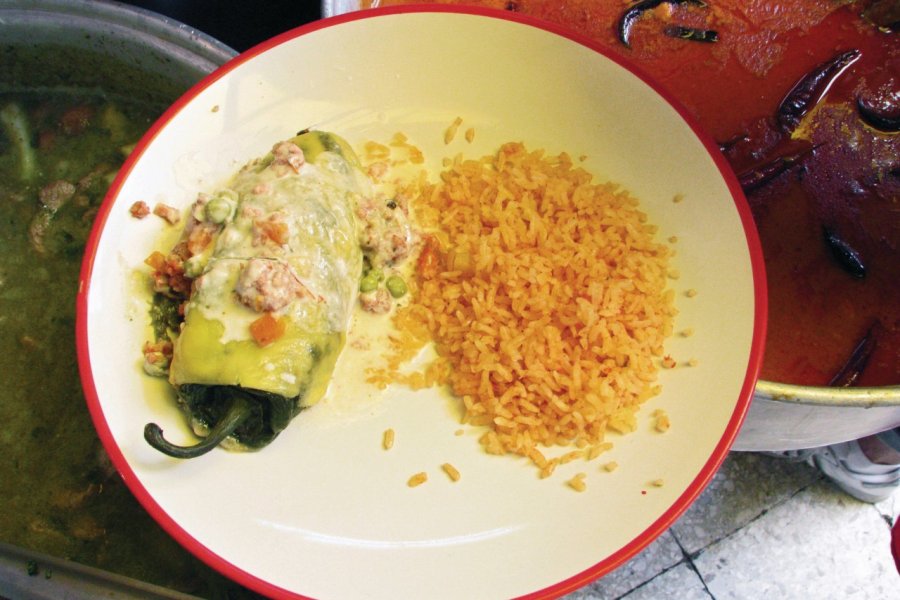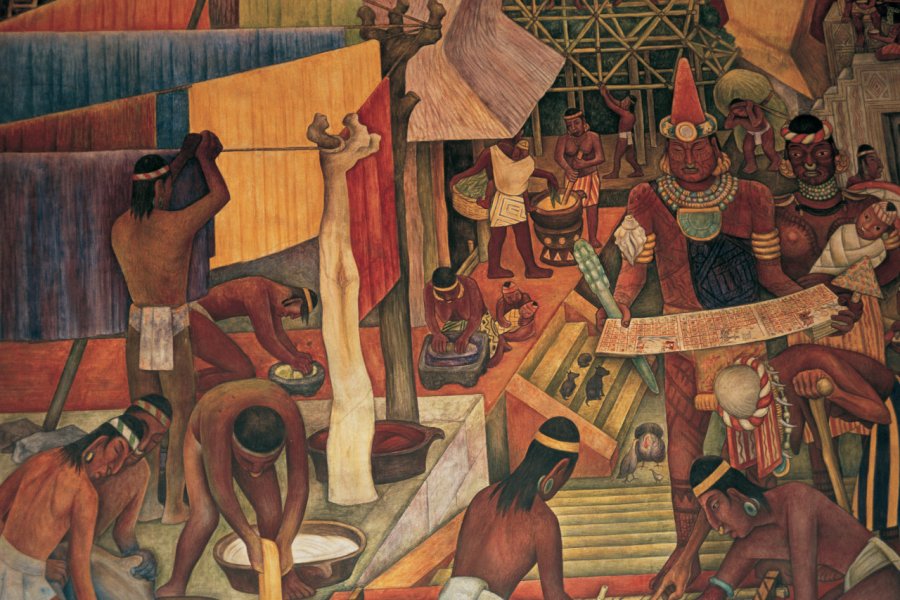Travel Guide México
Mexico City, the capital of Mexico, perched at an altitude of 2,200 m in its valley and in the centre of the country, is one of the mythical cities that convey a strong image. Founded at the beginning of the 14th century by the Aztecs on an island on Lake Texcoco, this pre-Columbian city then named Tenochtitlan was destroyed by the Spanish conquerors when the Aztec empire fell in 1521 to build the first large European-style city on the new continent. Memory of the dry lake, the canals that criss-cross Xochimilco, one of the 16 delegations of the city. Among the must-see visits: the Frida Khalo Museum, the floating gardens of Xochimilco, the immense Palace of Fine Arts, a masterpiece of neoclassical and Art Nouveau architecture, the National Museum of Anthropology which houses Mesoamerican treasures including the famous Sunstone where the Aztec calendar is engraved, etc. But it is by strolling around the neighbourhoods on foot, stopping by a coffee shop for a juice or a tequila shot, testing the street food, walking in a park, attending a fight of Lucha Libre (Mexican wrestling), in short living like a Mexican that you will enjoy the best of the destination. You will make an archaeological excursion to discover the pre-Columbian pyramids of Teotihuacan and the sanctuary of Our Lady of Guadalupe, protector of Mexico City, Mexico and Latin America, one of the most important Catholic pilgrimage sites in the world. For the feast of the Virgin of Guadalupe, on December 12, 15 to 20 million pilgrims flock to Mexico City. Don't forget to bring your favorite tour guide.
What to visit México?
Suggested addresses México
When to go to México?
When to go to Mexico City? The year is divided into three periods in Mexico City. The best period, ideal to benefit from preferential rates, is from April to June and then from September to November. The intermediate period is due to the school holidays in July and August. The tourist boom period extends from December to March or April, depending on the dates of Holy Week. A high number of visitors means higher prices and necessary reservations, but also a wider choice of activities for tourists. Mexico City is a festive city. Many religious and popular festivals take place throughout the year. For the National Independence Day, September 15-16, throughout the country, the scene where Miguel Hidalgo called for an uprising in 1810 is repeated. For the Feast of the Dead, on November 1st and 2nd, all families celebrate their deceased; nothing to do with All Saints' Day, it is a joyful and colourful celebration. Very, very large crowds also on December 12, for the pilgrimage to the shrine of Our Lady of Guadalupe.
Weather at the moment
Although located in the tropical zone, Mexico City has a temperate climate at high altitude. The average temperature remains moderate throughout the year due to this altitude. Winter is rather dry, spring is the warmest season and summer (June/September) corresponds to the rainy season. The southern part of the city is the most watered. The southern regions in the Ajusco National Park range even have coniferous and oak vegetation.
Although much more expensive than Guatemala and Honduras, Mexico remains a relatively cheap country despite inflation. In Mexico City, superior quality hotels also offer rooms at very attractive prices. As for meals, it is very easy to eat "local" for a few euros! The currency is the Mexican peso, it is easy to change and pay by credit card in the city and especially in Mexico City, the capital. The tip is 10% of the final score at the bar or restaurant.
EU nationals do not need a visa to travel to Mexico and therefore to Mexico City. The only formality to enter Mexican territory is to complete the Mexican State Tourist Card (Forma Migratoria Multiple/FMM), provided upon arrival at the airport in Mexico. It gives the right to stay in the country for a maximum of 180 days. Care must be taken not to lose it, as it is requested at the time of departure. You must also be able to present a round-trip ticket and have a passport valid for the duration of your stay.
To go to Mexico City and Mexico City, it is recommended to get vaccinated against diphtheria, tetanus, polio and hepatitis A. Those planning a more adventurous and remote stay will also plan to protect themselves against hepatitis B, typhoid and rabies as a preventive measure. Vaccination against yellow fever is not mandatory, except for travellers coming from an exposed area in Africa or Latin America. Be careful, insect bites are easily infected in tropical environments and care should be taken to avoid small bites. Avoid bites mainly through proper clothing coverage and the use of repellents. Finally, the most common health problem you are likely to face is the tourist.... If you decide to eat at markets or on the street, be aware that hygiene is not always perfect. Make sure that the dishes are well cooked and avoid raw vegetables. In a more formal restaurant, there are no more risks than elsewhere.
Practical information
- When to travel?
- Weather forecast
- Budget
- Formalities
- Health
- How to travel by yourself?
- How to get organized?
- Getting around
Media
How to go to México? Our advice & tips
Mexico is a huge country and it is impossible to discover it in one trip. Tour operators mainly offer ten-day stays based on a theme (Mayan culture, Aztec sites, etc.) or a region (the Pacific, Yucatán, Chiapas, the capital and its surroundings).
Discover our selection of travel agencies for this destinationWell served, Mexico is a generally safe country for solo travelers. The wave of drug cartel violence and social repression generally spares tourists; neither the criminals nor the state want to attract too much publicity. However, tourists can be easy prey, especially in the subway, cab, or on the street after dark. The usual rules of caution apply: do not show your camera, your "banana" or your wallet.
It is very easy to travel by plane in the country, as most cities have an airport. There is also a very good network of long distance buses with cheap fares. However, depending on the route, to save time and avoid long hours in the bus, the plane is often more interesting. Please note: with the emergence of low cost airlines on certain routes, air and bus fares are sometimes identical.
